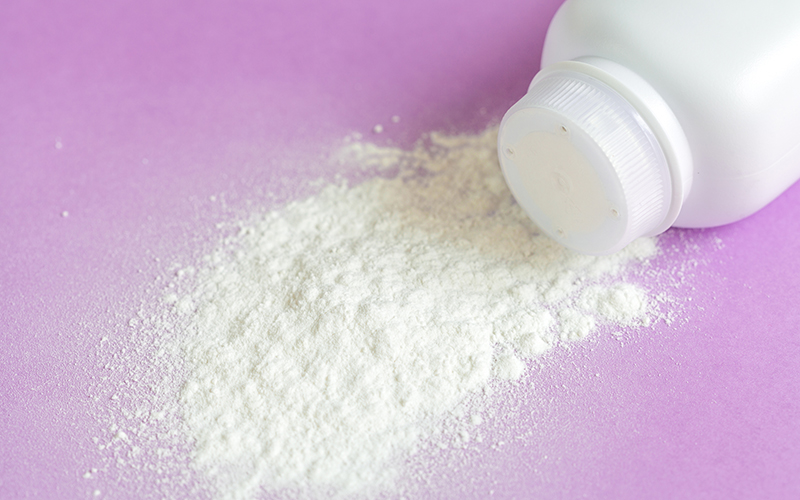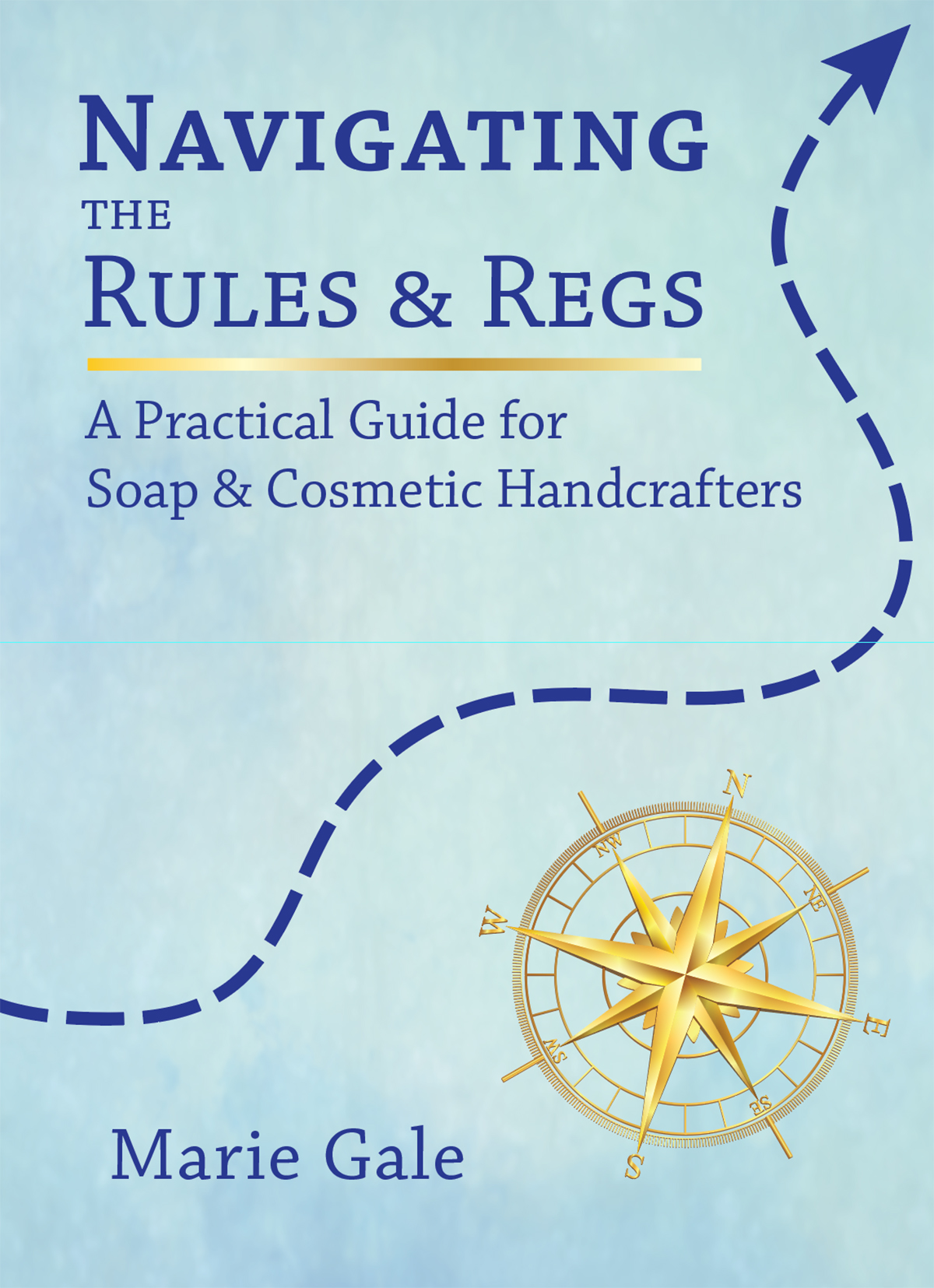As an ingredient in cosmetics, talc has been under scrutiny for some years now. I’ve recently done a survey of the current information about talc, and here’s what I found out.
Talc was originally used as “talcum powder”—the original body or baby powder. Now it has many uses in cosmetics and other personal care products; to absorb moisture, absorb oils, to prevent caking, to make facial makeup opaque, or to improve the feel of a product.
What is Talc?
Talc is a naturally occurring translucent silicate mineral with a pearly luster. It is usually green, white, gray, brown, or colorless. It is the softest known mineral and is ground into a powder for use.
Talc is mined in significant amounts in 10 countries. There are three companies operating five talc mines in the US. In 2019, the net production of talc in the US was about 640,000 tons. Of that, only 2% (12,800 tons) was used in cosmetic products. The remainder was used in paint (23%), ceramics, including automotive catlytic converters (20%), paper (15%), plastics (12%), rubber (4%) and roofing (3%). The remaining percentage went for export, insecticides, and other uses.
What’s The Problem?
The apparent problem is asbestos, which is a known carcinogen when inhaled. Like talc, asbestos is also a naturally occurring silicate mineral, but it has a different crystalline structure than talc. The issue is that both talc and asbestos are often found near each other and because of that, there is the potential for talc to be contaminated with asbestos. And, in the past, it has been contaminated.
The FDA does not approve ingredients for use in cosmetics, but they have been looking into talc and asbestos. They did surveys of retail cosmetic products in 2019 and in 2021 to see if products containing talc ALSO contained asbestos fibers.
In the 2019 survey, 8 of 51 products (about 15%) tested positive for asbestos. All of the companies recalled the products that tested positive. In the 2021 survey, 50 products were tested; none were found positive for asbestos fibers.
Lawsuits
Since the 1960s, there has been some scientific literature published which claimed an association between talc-containing powder used in the genital area and ovarian cancer. The studies have not conclusively demonstrated a link or what risk factors might be involved.
Even so, there are many ongoing lawsuits claiming talc caused ovarian cancer or mesothelioma (from inhalation of asbestos fibers). Some have been won, some have been lost. There are more lawsuits happening in this area.
Alternatives to Talc
Given the past history of asbestos-contaminated talc, inconclusive science on talc and the risk of cancer, and the quantity of current lawsuits, many cosmetic companies have shifted away from using talc to other alternate substances. Johnson & Johnson has completely discontinued their talc-based baby powder, using corn starch instead.
There are many potential alternative to talc in cosmetics, depending on the qualities desired:
- Kaolin
- Arrowroot powder
- Rice starch
- Silk powder
- Tapioca starch
- Cornstarch
The good news is that most handcrafted soap and cosmetic makers don’t use (and haven’t been using) talc in their products, tending toward the simpler and safer alternatives available.



Leave a Reply